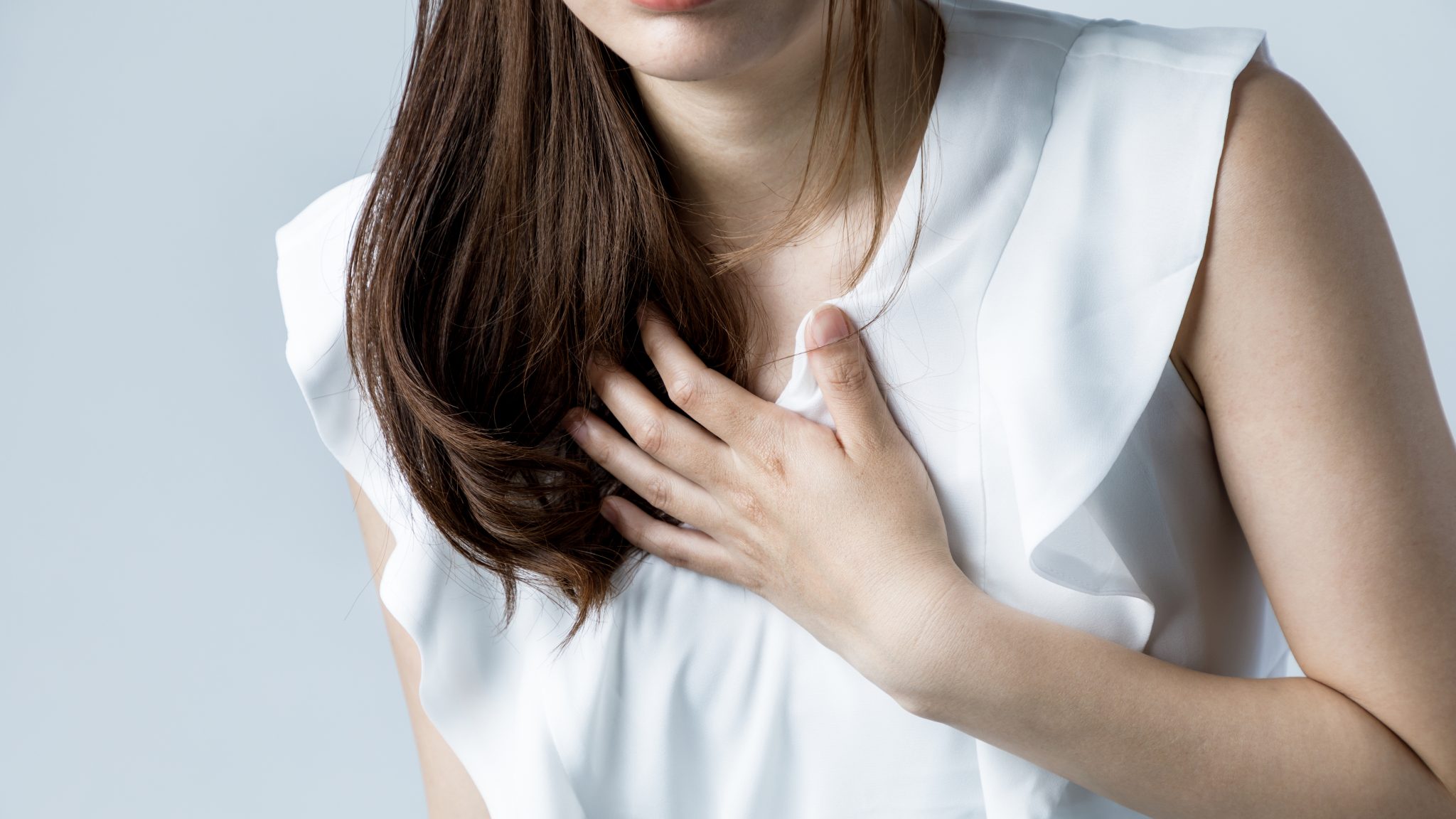Covid-19 and “Broken Heart Syndrome”: When Pathways Collide

When considering the effects of COVID-19, we’re likely to think of lung-related issues, like shortness of breath, fatigue, and the need for hospitalization and artificial respiration just to breathe.
But COVID-19 affects the heart, too, in ways that are just as significant—such as deteriorating clinical status and more frequent heart failure, shock, and even sudden cardiac death.
A recent article from cardiologists at the Texas Heart Institute1 focuses on possible connections between COVID-19 and transient takotsubo cardiomyopathy (TTC). Also known as “broken-heart syndrome,” takotsubo cardiomyopathy is a temporary (10 to 30 days) ballooning of the heart’s main pumping cavity, the left ventricle.
Normally, TTC occurs in less than 2% of the population, but that percentage has increased to as high as 8% since this pandemic began.2
TTC is frequently thought to be simply a response to a stressful physical or emotional event—for example, the death of a loved one, a serious accident, a fierce argument, or sudden illness. Yet no such factors may be in play during a bout of COVID-19. What, then, might cause a TTC episode in a person with COVID-19 but no other exceptional stressors?
The pathways that lead to COVID-19 and TTC may actually be fundamentally linked, as they manifest simultaneously in the lungs and cardiovascular system:
- Inflammation overdrive and septic state: The toxic effects of viral infection include fever, rapid heartbeat, low blood-oxygen levels, and generalized inflammatory state. Inflammatory cells can attack the heart muscle, resulting in myocarditis, and can provoke coronary spasm (a reversible narrowing of the coronary arteries that can be interrupted by administering nitroglycerin).
- Hypercoagulable state: COVID-19 can heighten a patient’s tendency to develop blood clots, including within the heart. Small-vessel (capillary) clotting caused by inflammation or infection of the endothelial cells that line the coronary arteries is present in 73% of COVID-19 cases.3 Such small-vessel clotting may explain the pulmonary hypertension and lung dysfunction often seen in COVID-19 survivors and the small areas (typically less than 1 square centimeter) of tissue injury seen in the heart muscle of patients with TTC.
- Coronary endothelial dysfunction: In the heart, endothelial dysfunction can lead to spontaneous coronary spasticity. Extensive endothelial dysfunction seems especially frequent in TTC: A study of 69 deceased COVID-19 patients found that, although viral load in the coronary arteries or heart muscle was low, coronary endothelial damage and cardiac microclotting were common (seen in 80% of cases).4
- Catecholamine surge: Both COVID-19 and TTC are associated with variable increases in stress-induced hormones (catecholamines), which can cause, or be caused by, TTC.
Dr. Paolo Angelini, lead author of the THI study, notes that “We hypothesize that coronary endothelial dysfunction is a necessary precursor for transient coronary spasm and the heart-muscle stunning that ultimately leads to TTC. Under such conditions, stress or catecholamine activation can precipitate the TTC episode.”
The virus can aggravate other preexisting heart conditions, as well. COVID-19 has been associated with atherosclerotic plaque destabilization, ulceration, echocardiogram changes such as QTc interval prolongation, electrolyte imbalance, and worsening diabetes or hypertension.
The authors recommend TTC-specific education and training for interventional cardiologists who may be called on to handle pandemic-related emergencies and to provide acute care. Given the likelihood that new genetic mutations of this virus will cause future pandemics, substantial complications such as TTC will no doubt appear more frequently.5 We must be better prepared for this possibility.
Dr. Angelini concluded, “We believe that the COVID-19 epidemic is providing a convenient epidemiological moment in which we might finally clarify the true incidence, pathophysiology, and medical consequences of TTC. The more we can learn about this rare, complex condition, the better able we’ll be to develop rational, effective treatment approaches and to improve the clinical care we can offer our patients.”
-
Angelini P, Postalian A, Hernandez-Vila E, Uribe C, Costello B. COVID-19 and the heart: Could transient takotsubo cardiomyopathy be related to the pandemic by incidence and mechanisms? Front Cardiovasc Med 2022;9:919715.
-
Jabri A, Kalra A, Kumar A, Alameh A, Adroja S, Bashir H, et al. Incidence of stress cardiomyopathy during the coronavirus disease 2019 pandemic. JAMA Netw Open 2020;3(7):e2014780.
-
Pellegrini D, Kawakami R, Guagliumi G, Sakamoto A, Kawai K, Gianatti A, et al. Microthrombi as a major cause of cardiac injury in COVID-19: a pathologic study. Circulation 2021;143(10):1031-42.
-
Brener MI, Hulke ML, Fukuma N, Golob S, Zilinyi RS, Zhou Z, et al. Clinico-histopathologic and single-nuclei RNA-sequencing insights into cardiac injury and microthrombi in critical COVID-19. JCI Insight 2022;7(2):e154633.
-
Chang A, Wang YG, Jayanna MB, Wu X, Cadaret LM, Liu K. Mortality correlates in patients with takotsubo syndrome during the COVID-19 pandemic. Mayo Clin Proc Innov Qual Outcomes 2021;5(6):1050-5.




